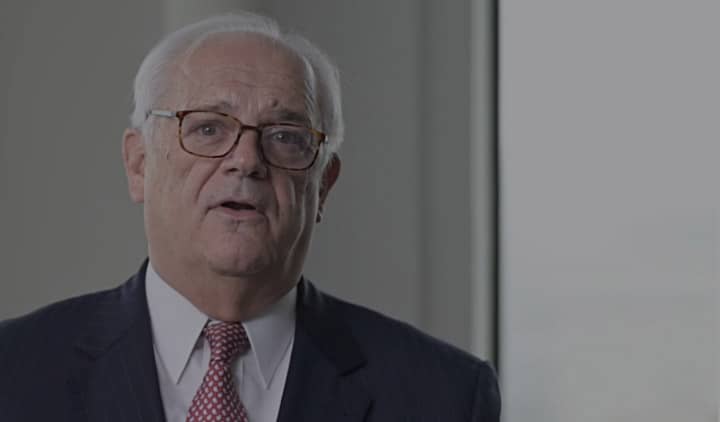There is a sad story posted on today’s SFGate about the death of Aura Celeste Machado, a 17-year-old jogger. She was running on a San Rafael sidewalk and her path was blocked by a large tree that had fallen across the sidewalk. She jogged into the street to get around the tree and was struck by a minivan. The minivan was going fast enough to literally knock her out of her shoes and she unfortunately succumbed to her injuries.
DID THE DRIVER USE DUE CARE?
The death of a child leaves an irreparable hole in the family’s hearts and is the most emotionally difficult type of case that we handle. If this young lady’s parents’ bring a lawsuit against the driver of the minivan, then the allegations will be that he failed to use “due care.” The news footage shows that a downed tree blocked the entire sidewalk and part of the street. Those circumstances made it reasonably foreseeable to a motorist that someone on foot would leave the sidewalk and enter the street to get around the downed tree. The foreseeability of a pedestrian entering the street imposed an obligation on passing motorists to take extra precautions when driving by the scene, such as giving a wide berth and slowing down. This driver likely failed to use due care when he drove by this tree. There appears to be a solid basis for a suit against the driver.
The media is reporting that the City of San Rafael owned the tree, and an obvious question is whether the city also faces liability for this tragedy. The short answer is probably yes, but the lawyers bringing such a lawsuit will need to be skilled in both prosecuting civil cases against public entities and the legal duties of the owner of a tree.
BRINGING A LAWSUIT AGAINST A PUBLIC ENTITY – “A TRAP FOR THE UNWARY”
The California Tort Claims Act imposes technical, strict and harsh rules when it comes to making claims and bringing lawsuits against public entities like the City of San Rafael. California Government Code sec. 810 et. seq. If an injured party fails to comply with the Act then he or she may forever lose the right to obtain fair compensation. Suing public entities is tricky. The author of this blog was a San Francisco Deputy City Attorney from 1992 through 2001. He handled hundreds of claims and suits against San Francisco, and succeeded in getting several multi-million dollar cases thrown out because the victim’s lawyer had missed a deadline or otherwise failed to comply with the Tort Claims Act. He has been bringing lawsuits on behalf of injured parties and against public entities since joining the Walkup firm 14 years ago.
In the San Rafael tragedy, the Tort Claims Act requires the victim’s parents to submit a written claim for compensation to the City of San Rafael within six months of the date of their daughter’s death. The parents’ claim must include certain information, be presented on a specific form, and comply with other technical requirements.
Despite these requirements, public entities almost never agree to pay large claims for compensation. Instead, they typically formally “reject” the claim or ignore it. If the city does not respond to the claim within 45 days, then it is deemed “denied by operation of law.” The parents may file a lawsuit only after the city rejects their written claim or if the city ignores it for 45 days. Failure to comply with this claim-filing requirement can result in the family forever losing the right to sue the City of San Rafael. One can see why a court once said that the Tort Claims Act “provided ‘a trap for the unwary and ignorant claimant.” Viles v. State (1967) 66 Cal.2d 24, 31.
The lawyer handling the case must also be prepared to prove every fact needed to establish the death was caused by a “dangerous condition of public property.” This means gathering evidence that proves that the city was notified, or should have learned through reasonable efforts, that the tree presented an unreasonable danger to pedestrians on the sidewalk, and that the city had sufficient time and resources to fix the problem (i.e., the city had the time and money to cut down the tree).
WHEN IS THE OWNER OF A FALLEN TREE LEGALLY LIABLE FOR INJURIES?
Not every injury or death caused by a falling tree warrants a lawsuit. In fact, the common reaction to news of someone getting hurt or killed by a falling tree is that it was an unavoidable “freak accident” or act of God. However, in some instances it was highly foreseeable that the tree would fail and injure or kill someone. Over the past 15 years the Walkup firm recovered millions of dollars on behalf of persons who were seriously injured by falling trees and the families of loved ones who were killed by falling limbs.
Possible “tree cases” must be carefully investigated at the outset of the tragedy, when the evidence is still fresh, and evaluated with the assistance of a professional arborist. Two factors tend are determinative in whether the lawyer should take on the case. First, did the tree stand in a spot near where people tend to be present? In the parlance of an arborist, were “high value” targets near the tree. The owner of a tree located near high value targets has a duty to make “reasonable” inspections of the tree. This makes eminent sense. The owner of a big tree that has large branches hanging over a schoolyard should occasionally pay an expert arborist to examine that tree and make sure that it is not at danger of failing and injuring a child in the schoolyard. The cost is modest compared to the risk. By contrast, the owner of a tree in an inaccessible forest has no duty to inspect that tree for similar hazards because the risk of that tree injuring someone is extremely remote.
Second, before the incident did the tree have some noticeable disease or defect that indicated it was at risk for failure? In other words, if the tree owner had had the tree inspected, would that inspection have revealed that the tree was at high risk for failure and should therefore be pruned or removed?
Applying these two principles to what apparently happened to young Ms. Machado in San Rafael, the first element is easily satisfied: the tree stood next to a busy street and sidewalk and hang over high value targets. The second element also appears to be easily satisfied: CBS Channel 5 reports that neighbors told the city that the tree was dead and should be removed. Footage of the tree also shows rotten wood at the trunk, which arborists consider to be a major red flag. So in sum, the parents would seem to have a viable case against the City of San Rafael.
Anyone who is interested in knowing more about this subject is welcome to contact Walkup partner Matthew Davis at mdavis@walkuplawoffice.com or 415-981-7210.


